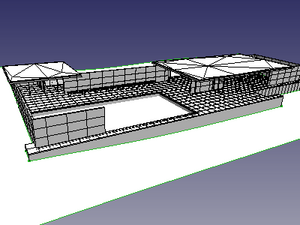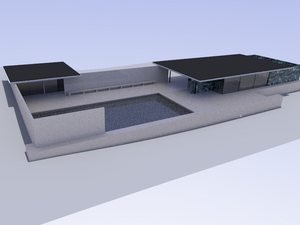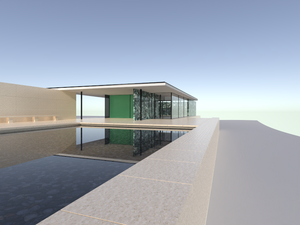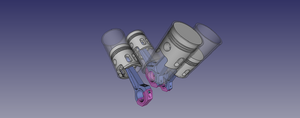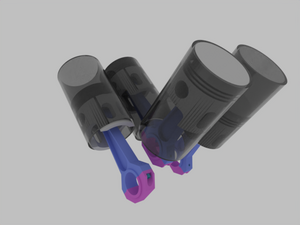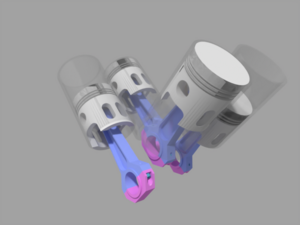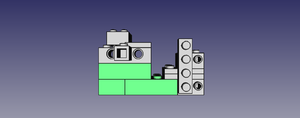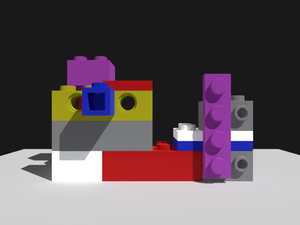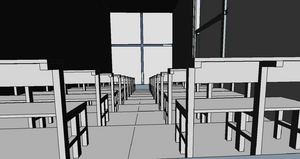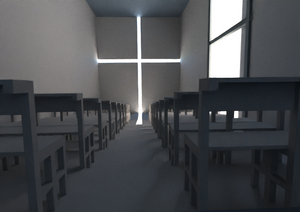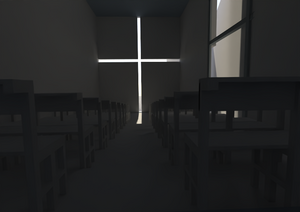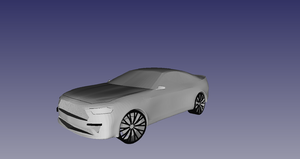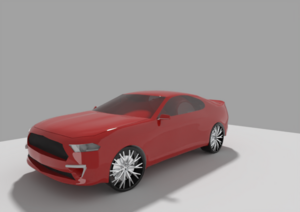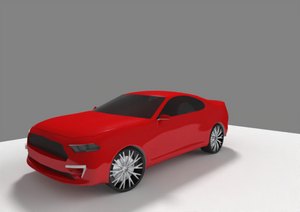Render Workbench: Difference between revisions
m (→Introduction) |
mNo edit summary |
||
| Line 1: | Line 1: | ||
{{UnfinishedDocu}} |
|||
== Introduction == |
== Introduction == |
||
The Render Workbench lets you produce high-quality images from FreeCAD models, using open-source external rendering engines. |
The Render Workbench lets you produce high-quality images from FreeCAD models, using open-source external rendering engines. |
||
| Line 17: | Line 12: | ||
[[File:Asm V4.png|frameless|Asm V4 - Screenshot]] |
[[File:Asm V4.png|frameless|Asm V4 - Screenshot]] |
||
[[File:Asm V4 lux.png|frameless|Asm V4 - LuxCore rendering]] |
[[File:Asm V4 lux.png|frameless|Asm V4 - LuxCore rendering]] |
||
[[File:Asm V4 |
[[File:Asm V4 ospray2.png|frameless|Asm V4 - Ospray rendering]] |
||
<br /> |
<br /> |
||
Revision as of 13:13, 10 September 2023
Introduction
The Render Workbench lets you produce high-quality images from FreeCAD models, using open-source external rendering engines.
A pure Python workbench, Render is seamlessly integrated in FreeCAD: the whole rendering scene - objects, lighting, materials, camera... - can be described with FreeCAD objects, to be exported to external renderers.
Compared with other approaches based on third-part computer graphics applications, Render aims to:
- avoid the user to learn another 3D/computer graphics software: everything you need to know is in FreeCAD.
- simplify rendering workflow and relieve user from any intermediate file manipulation - like import, export, scene retouching etc.
- make scene configuration persistent and especially prevent rework in an external tool each time the model has been modified
Supported renderers
At the moment, 6 rendering engines are supported:
- LuxCoreRender
- Appleseed
- Cycles (standalone version)
- Pov-Ray
- Intel Ospray Studio
- Pbrt-v4 (experimental)
Usage
In quick-start mode, after workbench installation has correctly been done, rendering a FreeCAD model is just a 4-steps process:
1. Create a rendering project: Press the button in the toolbar corresponding to your renderer and select a template suitable for your renderer (you may start with a 'studio' flavour, like appleseed_studio_light.appleseed, cycles_studio_light.xml, luxcore_studio_light.cfg, povray_studio_light.pov etc.)
2. Add views of your objects to your rendering project: Select both the objects and the project, and press the 'Add view' button
3. Set your point of view: [Navigate in FreeCAD 3D View](https://wiki.freecadweb.org/Manual:Navigating_in_the_3D_view) to the desired position and switch to _Perspective_ mode.
4. Render: Select your project and press the 'Render' button in toolbar (also available in project's context menu).
...and you should get a first rendering of your model.
More instructions can be found on GitHub repository [1] or in online help.
Features
Features include, but are not limited to:
- Lightings: point lights, area lights, sun-sky... and preset lighting templates.
- Cameras
- Material management (using usual shaders: matte, glossy, glass, principled...), including textures
- Batch mode / UI mode
- Denoiser
- Halt condition (sample per pixel)
- Meshing control: angular and linear deflections, autosmoothing
Links
More info? Just follow the link: https://github.com/FreeCAD/FreeCAD-render
